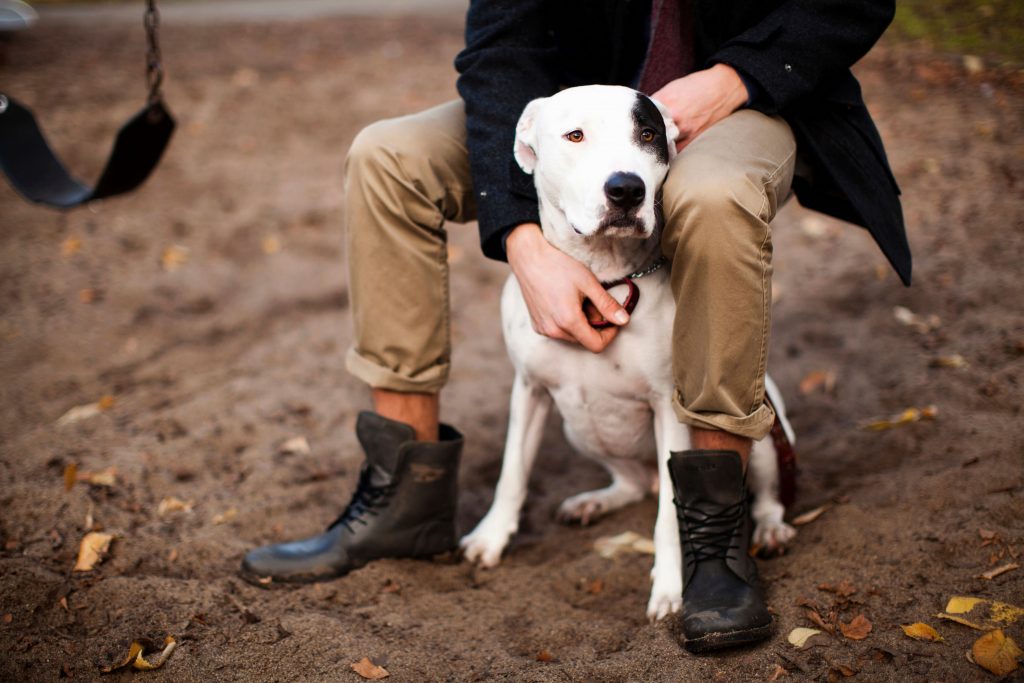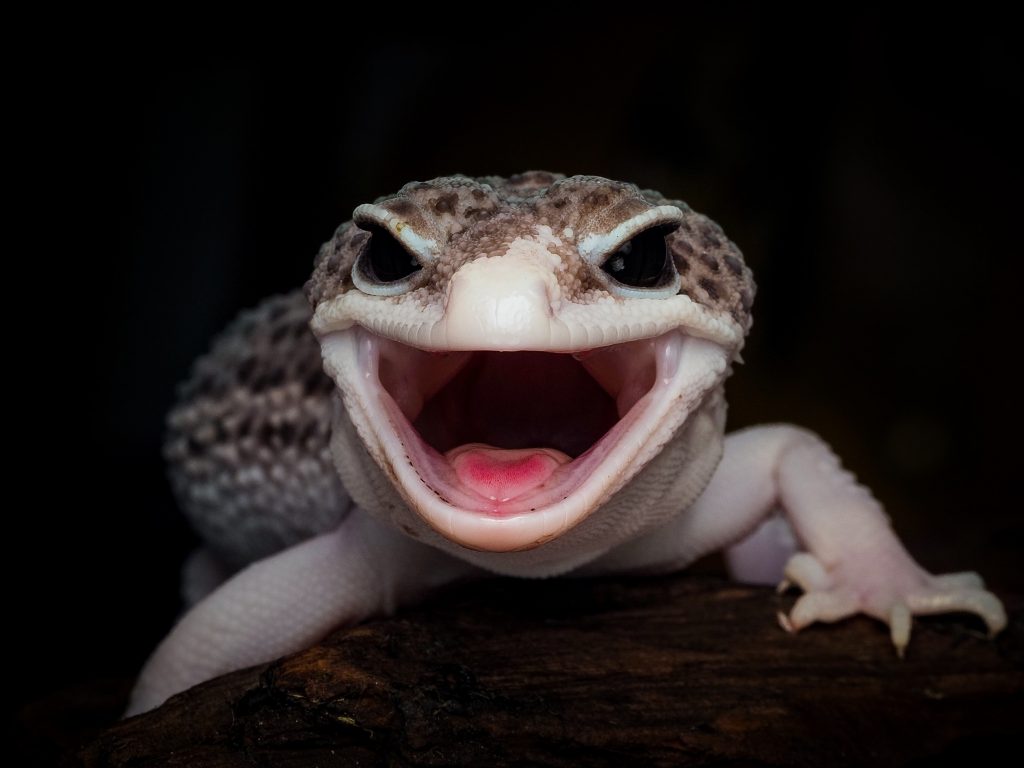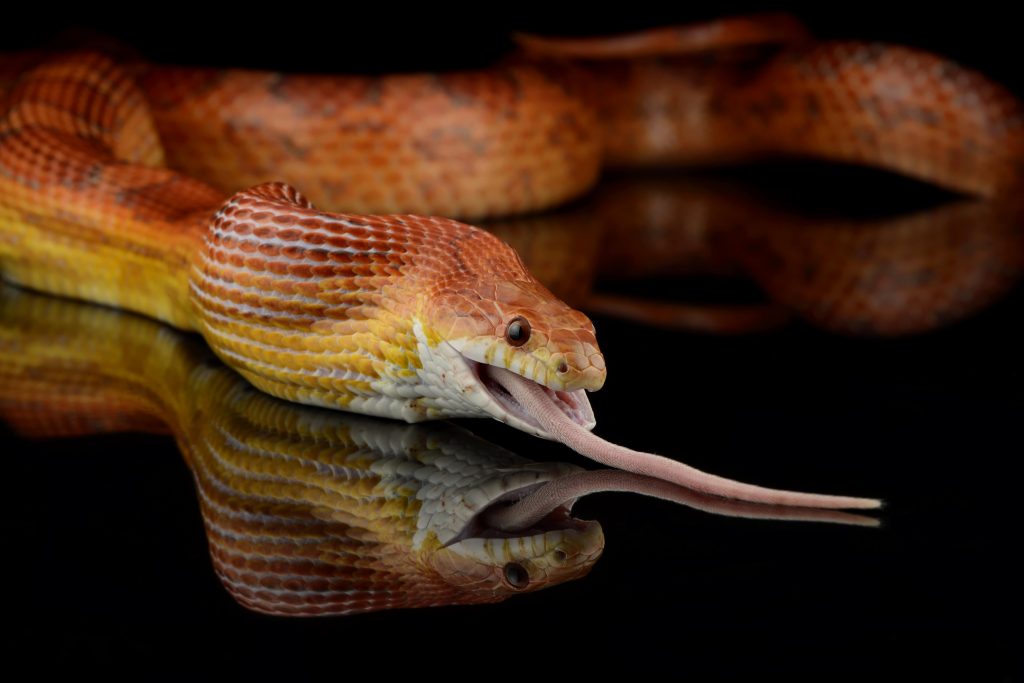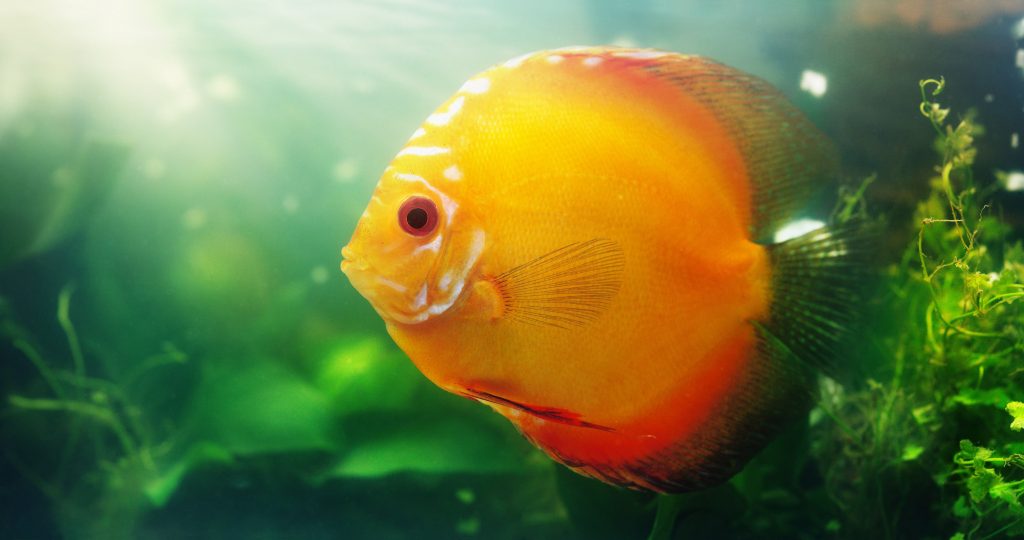Are you looking for a furry or scaly companion that won’t demand constant attention or extensive care? Look no further than low maintenance pets. With over 67% of American households owning at least one pet, it’s evident that having a companion animal fulfills a significant need. However, pet ownership can be challenging, especially when you’re juggling a busy work schedule or new to having a pet. That’s why opting for a low maintenance pet is a smart choice for those seeking a furry friend without the added stress. In this section, we’ll explore some of the most popular types of low maintenance pets for first-time owners, providing essential care tips and species-specific information to choose the perfect companion.
Low Maintenance Pets for First-Time Owners
As first-time pet owners, choosing the best pet for beginners may seem daunting, especially when busy schedules are involved. Luckily, there are options for low-maintenance pets that are perfect for those who are new to pet ownership. These pets require minimal attention and care, making them great companions for those who have little time for daily care. Below are seven low maintenance pets that are popular choices for first-time owners.
Reasons to Choose a Low Maintenance Pet
For many people, owning a pet can be a fulfilling experience that provides companionship and reduces stress. However, for first-time pet owners or busy individuals, the idea of taking care of a high-maintenance pet can be daunting. That’s why owning a low maintenance pet can be a popular choice for many.
There are several reasons why someone might choose a low maintenance pet, such as having a busy schedule or living in a small home or apartment. These pets require minimal attention and can easily fit into smaller living spaces, making them perfect companions for apartment dwellers or those with limited living space.
One of the main benefits of low maintenance pets is their ease of care. Unlike high maintenance pets that require constant attention and care, low maintenance pets only require basic daily care, such as feeding and cleaning their living space. This makes them ideal for first-time pet owners who may not be familiar with the proper care of more complex pets.
In addition to their ease of care, low maintenance pets can also be cost effective. Since they have lower care requirements, they can save pet owners money on food, supplies, and veterinary care. While these pets may not need as much attention as higher maintenance pets, they can still provide companionship and reduce stress.

Popular Types of Low Maintenance Pets
If you’re looking for a pet that won’t take up too much of your time or require extensive care, a low maintenance pet may be the perfect choice for you. There are several types of low maintenance pets that are popular among first-time pet owners and those with busy schedules. From reptiles to rodents, here are some of the most popular types of low maintenance pets to consider.
Leopard Gecko
Leopard Geckos are hardy lizards that make great low maintenance pets for first-time owners. They are often considered to be beginner pets because they are very easy to handle and have a gentle disposition. One of the key characteristics that make them ideal pets for busy individuals is that they are low maintenance and require minimal care.

- General Care Requirements: Leopard Geckos require a tank that is at least 15 to 20 gallons in size. They prefer a warm, dry environment with a temperature range of 85-90°F during the day and 70°F at night. It is important to note that Leopard Geckos are crepuscular, which means they are most active during dawn and dusk.
- Dietary Needs: A diet consisting of crickets, wax worms, and mealworms is recommended for Leopard Geckos. It’s important to provide your gecko with a balanced diet, which can be achieved by feeding them a variety of foods. For instance, you can offer crickets on one day, wax worms on another day and mealworms on another day.
- Physical Characteristics and Typical Behavior: Leopard Geckos are named for their yellow and orange coloration, which is characterized by spots and stripes in varying shades. They are sociable pets who enjoy human company. Additionally, they are known for their ability to tolerate being handled, which makes them a great pet for children and first-time pet owners.
Corn Snake
Corn snakes are a popular choice for first-time pet owners due to their low-maintenance care requirements. These snakes are native to North America and are known for their attractive, vibrant patterns and docile nature.

Low-Maintenance Care:
Corn snakes require a heat source in their enclosure to regulate their body temperature. The enclosure needs to be secured, as corn snakes are great at escaping. A simple setup with a heat source and hiding spot is sufficient for their needs. Regular cleaning of their enclosure is necessary to maintain their health.
Specialized Diet:
Corn snakes have a specialized diet consisting of rodents such as mice and rats. It is important to ensure that their prey is properly sourced and fed a nutritious diet before feeding them to the snake. Corn snakes have a relatively fast metabolism and require frequent feeding – about once every five to seven days.
Ideal Tank Setup:
Corn snakes require an enclosure of at least 20 gallons in size. The enclosure should be equipped with a heat source like an under-tank heating pad, ceramic heater, or heat lamp. A hiding spot is essential so the snake can feel secure. Substrate on the bottom of the enclosure should be non-toxic and easy to clean, such as paper toweling or reptile carpet.
Common Behaviors:
Corn snakes are generally gentle, tame, and easy to handle. They are active during the night and enjoy exploring their surroundings. Corn snakes do not require any special care in terms of handling, but a gentle approach is always recommended.
Gentle and Docile Nature:
Corn snakes have a gentle and docile temperament, which makes them great pets for beginners. They are also generally good with children and can make an excellent companion. That said, corn snakes are escape-prone and can easily slither out of their enclosure if the enclosure is not secured properly. Careful supervision is required during handling and feeding.
Freshwater Fish
Freshwater fish are a popular low maintenance pet option for first-time owners. They are available in a variety of sizes, colors, and behaviors. Here are some common types of freshwater fish that are perfect for beginners:

1. Betta Fish: These fish, also known as Siamese Fighting Fish, are small and easy to care for. They are known for their vibrant colors and unique personalities. They are low maintenance pets that require a small tank, clean water, and a varied diet.
2. African Dwarf Frogs: These small amphibians are great for apartment dwellers, as they require minimal space. They prefer to live in groups and are social creatures, making them perfect for owners looking for some interaction with their pets.
3. Freshwater Guppies: These colorful fish are peaceful and easy to care for. They are a great option for those looking for a pet that is entertaining to watch but doesn’t require a lot of attention.
4. Goldfish: Goldfish are one of the most popular freshwater fish for beginners. They are hardy and can adapt to a wide range of water conditions. They require a spacious tank and a varied diet.
When it comes to caring for freshwater fish, it is important to maintain good water quality. This means regularly monitoring pH levels, temperature, and ammonia levels. A properly sized aquarium and regular water changes can help maintain healthy water conditions.
Feeding habits are also important when caring for freshwater fish. It is recommended to feed them small amounts twice a day rather than one large meal. This helps prevent overfeeding and potential health problems.
Conclusion
In conclusion, choosing the right low-maintenance pet requires proper research and consideration of lifestyle and living situation. Consulting with experts can also help ensure the pet’s needs are properly met. While low-maintenance pets may not require constant attention, they still require proper care and attention. There may be potential challenges or drawback associated with each pet, and specialized equipment may be needed for their care. Ultimately, regardless of how low maintenance a pet may be, proper care is essential for their well-being, and pet ownership requires responsibilities.

